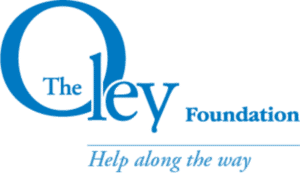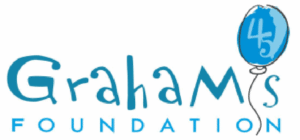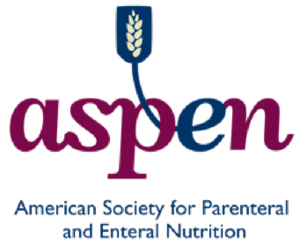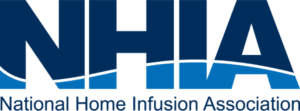

A resource guide for all things parenteral nutrition (PN)
PN provides nourishment to critically ill and chronically ill patients of all ages. However, many of these patients feel overwhelmed by the prospect of adjusting to life on PN. The good news is that there are a number of organizations that support patients and caregivers throughout their unique PN journey. In addition, there are many reputable organizations for the healthcare community that help to facilitate the exchange of important scientific knowledge and best practices.
-

The Oley Foundation is “striving to enrich the lives of those living with home intravenous nutrition and tube feeding through education, advocacy, and networking.”1
The Oley Foundation provides a number of resources, including community enrichment programs, that support PN patients and their families. They are fierce patient advocates, and they connect patients with the educational and emotional support they need. They also provide resources for clinicians to help them better educate their patients and motivate them to engage in their own nutritional care and management.
-

Graham’s Foundation provides “support for every path along the journey of prematurity.”2
Whether you’re a parent of a preemie or you know someone with a premature infant, Graham’s Foundation provides support for those navigating the complications of prematurity of which gastrointestinal issues are common. Through Graham’s Foundation, preemie parents can explore resources that inspire hope and comfort, and they can connect with other parents who are going through a similar journey.
-

The American Society for Parenteral and Enteral Nutrition (ASPEN) works “to improve patient care by advancing the science and practice of clinical nutrition and metabolism.”3
ASPEN is a leading organization made up of healthcare professionals, including dietitians, nurses, pharmacists, physicians, scientists, and students, committed to “advancing the science and practice of clinical nutrition and metabolism.”3 From research to continuing education to evidence-based guidelines, ASPEN provides many resources to help clinicians deliver safe and effective PN.
-

The National Home Infusion Association’s (NHIA) mission is “to provide advocacy, education, and resources to the home and alternate site infusion community so the patients they serve can lead healthy, independent lives.”4
Many patients on PN are effectively able to manage their nutritional needs at home. NHIA is a leading authority in home infusion. They are an organization whose specific goal is to meet the needs of home and specialty infusion therapy communities and their patients to “help ensure the patient is receiving the best care possible.”4 They are committed to partnering with clinicians to improve nutritional care for patients receiving PN at home.
-

The North American Society for Pediatric Gastroenterology, Hepatology and Nutrition (NASPGHAN) strives “to be a world leader in research, education, clinical practice and advocacy for pediatric gastroenterology, hepatology and nutrition in health and disease.”5
NASPGHAN is a clinical organization made up of more than 2,600 pediatric gastroenterologists who share a common goal: to improve nutritional outcomes of young patients with various digestive disorders. NASPGHAN encourages communication and research to aid in the advancement of pediatric gastroenterology, hepatology, and nutrition.
-

The Society of Critical Care Medicine (SCCM) works “to secure the highest-quality care for all critically ill and injured patients.”6
SCCM is a nonprofit medical organization consisting of members who are “dedicated to promoting excellence and consistency in the practice of critical care.”6 SCCM offers guidelines and other clinical resources to help healthcare professionals provide optimal care to their sickest patients. SCCM also provides a variety of resources to patients and caregivers including a patient communicator app and an educational booklet to better their understanding of how to thrive after discharge from the hospital.7
As a global leader in clinical nutrition, we’re proud to work with all the wonderful organizations that make nutritional care a priority. Discover how we’re supporting patients with our innovations that nourish here.
2795-NP-08-05/22